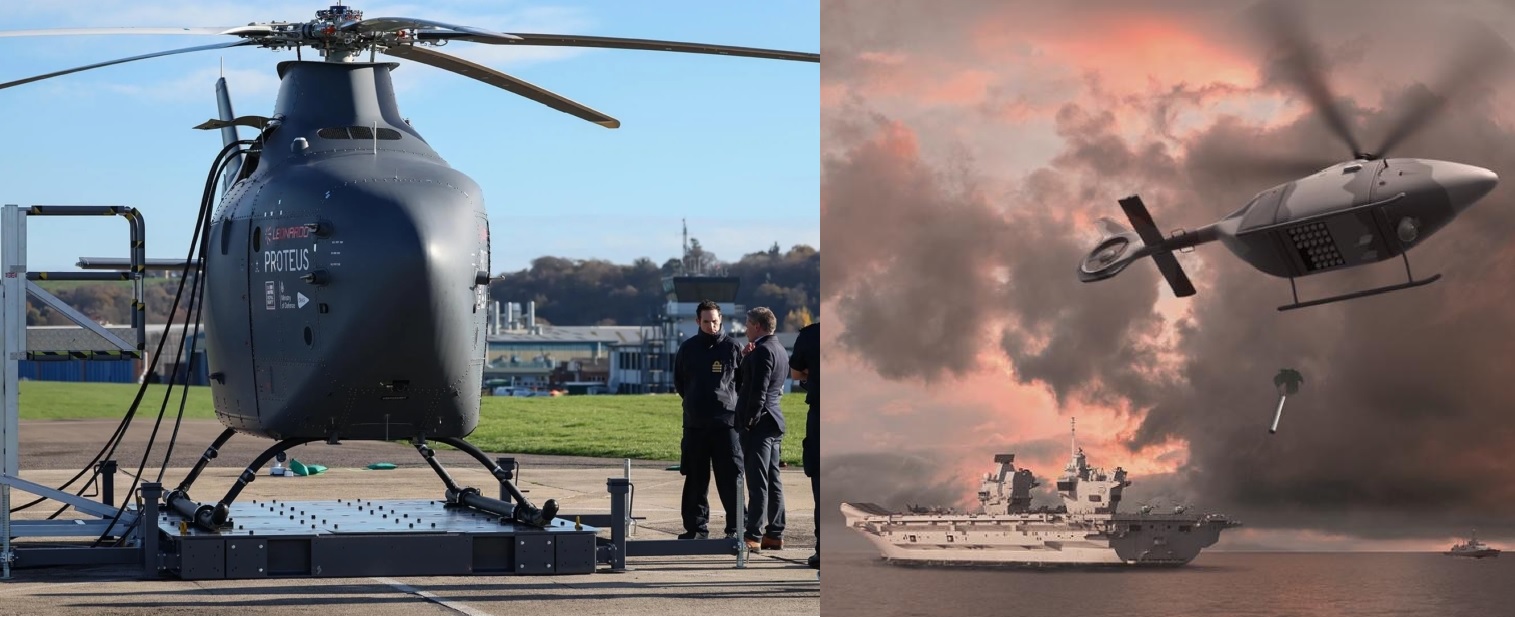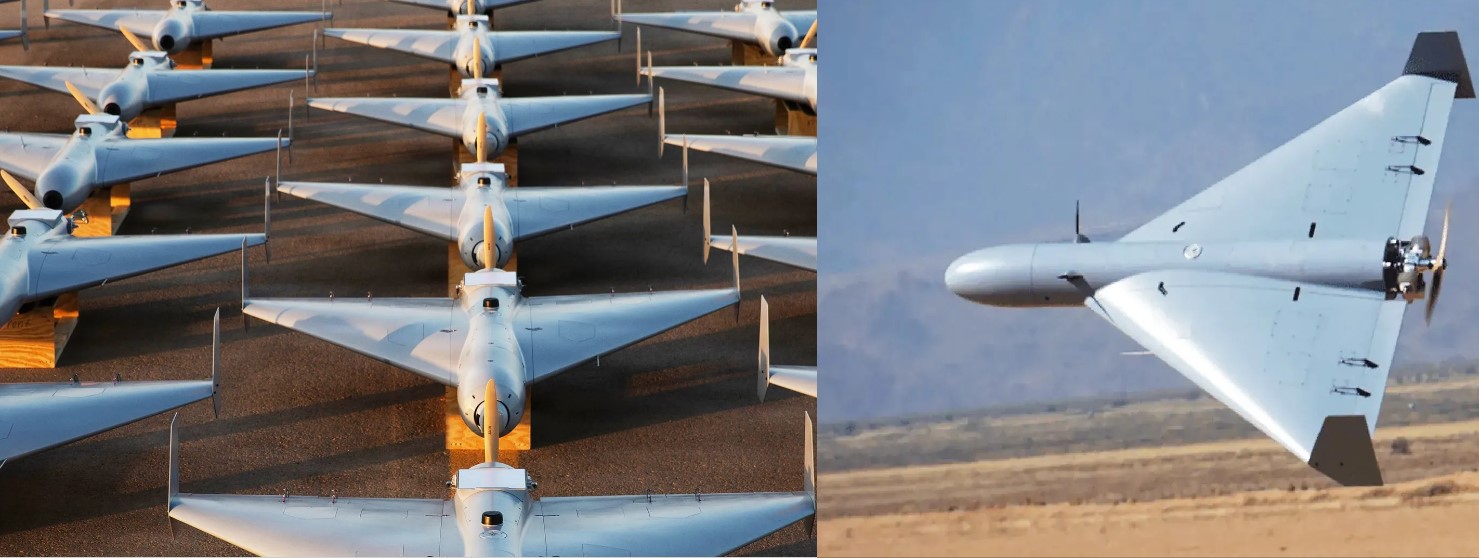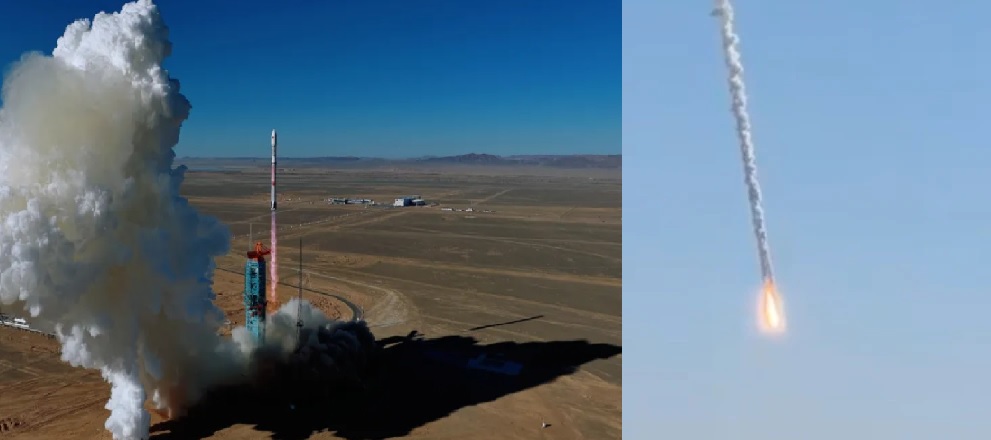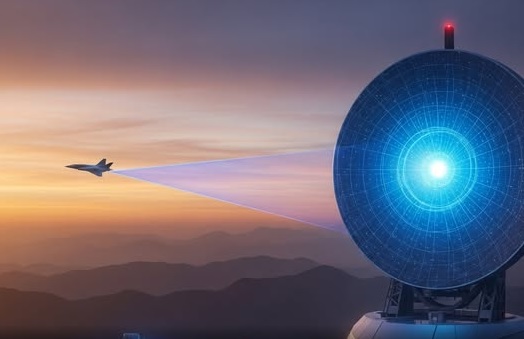India Advances Hypersonic Tech with Ramp-Cavity Combustor for HSTDV

India’s Defence Research and Development Organisation (DRDO) scientists have employed an advanced ramp-cavity combustor in the Hypersonic Technology Demonstrator Vehicle (HSTDV), marking a significant leap in indigenous hypersonic propulsion engineering. This design is tailored for extreme flight conditions — specifically Mach 6.5 at an altitude of 32.5 km — where stable combustion is notoriously difficult to achieve.
The ramp-cavity combustor integrates 14 ramps to compress and shape the incoming high-speed airflow before it enters the combustion chamber. Following this, 120 miniature fuel injectors, each only 0.4 mm in diameter, introduce fuel into the stream at an entry Mach number of 2.0 and a pressure of 0.5 bar. The cavity structure itself acts as a flameholder, ensuring ignition stability within the fraction of a millisecond available for combustion at hypersonic speeds.
This configuration allows for superior fuel-air mixing, resulting in more efficient combustion and improved performance while also managing the extreme thermal loads inside the engine. By stabilising the flame and optimising burn efficiency, the ramp-cavity design maximises thrust while reducing the amount of fuel needed for sustained hypersonic flight.
Why Hypersonic Combustion Is So Hard
When you’re flying at Mach 6.5 (over 2 km/second), the air entering the engine is so fast that it barely spends a millisecond in the combustion chamber before leaving. In that fraction of a second, three things must happen:
-
The air must slow down and compress enough to allow fuel mixing.
-
Fuel must be injected, vaporised, and mixed with the air.
-
Ignition must occur and remain stable despite the intense turbulence and shockwaves.
If the flame blows out (like a candle in a storm), the engine shuts down instantly. This is why most hypersonic scramjet programs fail — they can’t keep the flame lit.
The technology is adaptable beyond the HSTDV, with potential applications in hypersonic cruise missiles, space launch systems, and reusable spaceplanes. It positions India at the forefront of global scramjet engineering, demonstrating the capability to master one of the most complex aspects of high-speed aerodynamics and propulsion
✍️ This article is written by the team of The Defense News.






